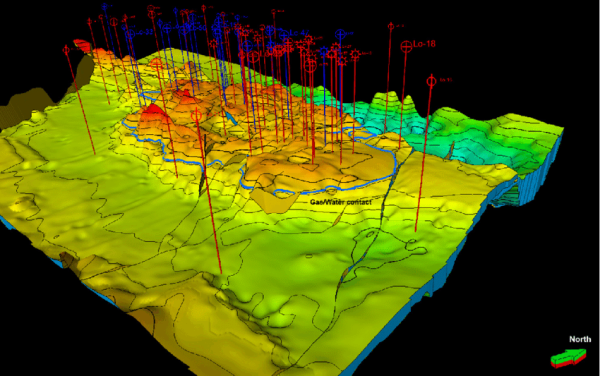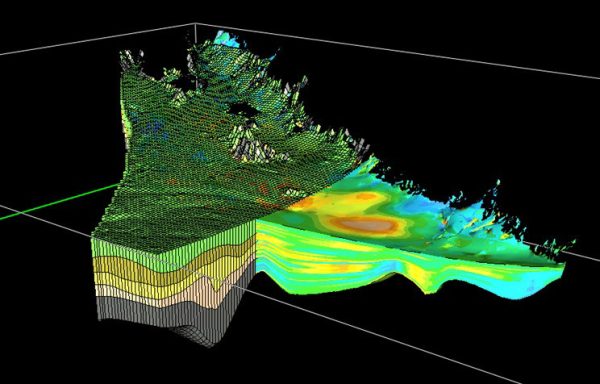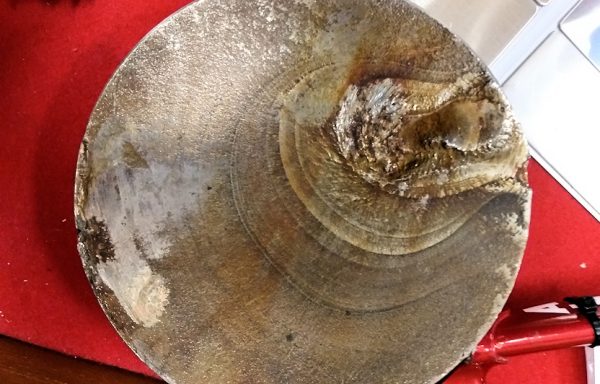
Synthesis of geological, technical, economic and other information related to the geological system under study for the creation of a unified numerical model. Basic principles of stochastic simulation.
Correlation and consolidation of heterogeneous data: covariogram and the linear model of coregionalization for several random variables. Use of categorical variables for the description of lithofacies: indicators and categorical variables, kriging and cokriging with indicators. Development of lithofacies models using Plurigaussian simulation, incorporation of geological rules for simulation variables.
Introduction to the inverse problem. Methods for solving linear inverse problems in the geosciences. Nonlinear inverse problems and solving methods (McMC, Iterative Algorithms). The inverse problem as an optimization problem. Likelihood function of the parameters of the geological model, spatiotemporal configuration (history matching).
Case studies: Use of acoustic resistance seismic measurements as additional information to improve the knowledge of porosity from borehole sampling. Reservoir volumetrics using data from boreholes related to the depth of the roof and its thickness, assisted by seismic measurements after velocity processing. Determination of the spatial distribution of lithofacies of a simulated aquifer based on its response to pumping conditions.



